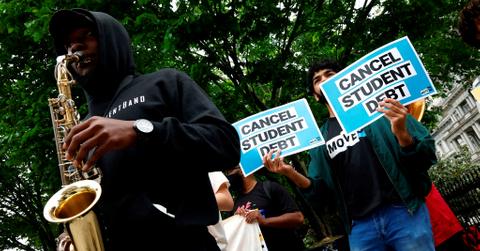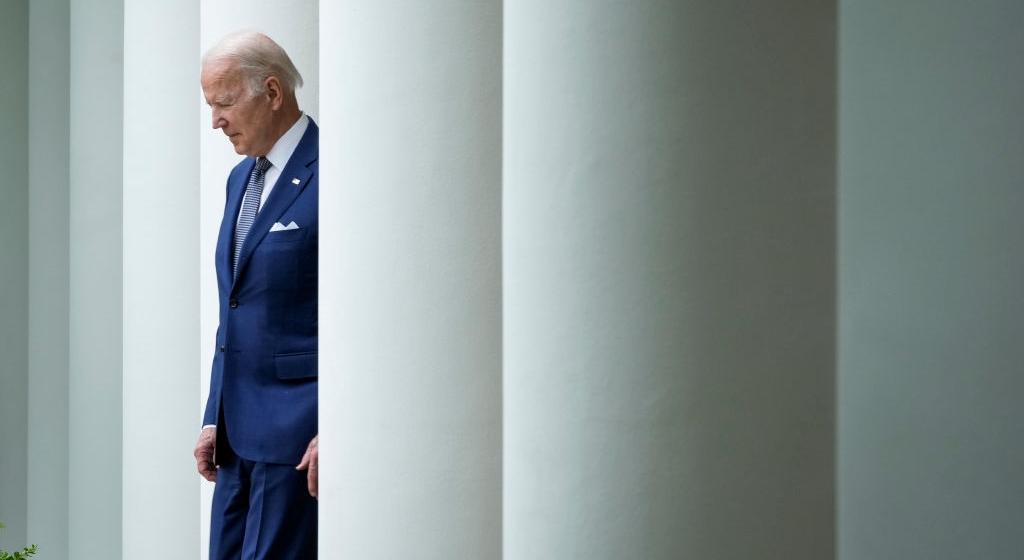Student Loan Forgiveness: Update on Where the U.S. Stands
President Biden has brought the issue of student loan forgiveness to the forefront. Where does the U.S. stand currently and what can people expect?
May 16 2022, Published 2:16 p.m. ET
Early in April, the U.S. Department of Education (DOE) extended the student loan moratorium again. As of mid-May, President Joe Biden is poised to make a decision on student loan forgiveness in the coming weeks.
Here’s an update on where the U.S. government stands on student loan forgiveness — and whether the movement can mobilize.
Biden will make a decision on student loan forgiveness in the coming weeks.
Last month, the Biden administration and DOE pushed back the end date for the moratorium on student loan forgiveness to August 31, 2022. U.S. Secretary of Education Miguel Cardona said at the time, “This additional extension will allow borrowers to gain more financial security as the economy continues to improve and as the nation continues to recover from the COVID-19 pandemic.”
Now, the Biden administration is poised to make a decision on the pressing issue of student loan forgiveness in the weeks ahead. As is the congressional norm, we don’t yet have a firm decision date.
Constituents are torn beyond party lines on student loan forgiveness.
Senate Democrats and Republicans are poking Biden ahead of the student loan decision. Sen. Elizabeth Warren (D-Mass.) and Raphael Warnock (D-Ga.) have asked Biden to postpone any executive orders until they can meet with him again. Generally, those on the right (including J.D. Vance, GOP Senate candidate in Ohio) are pushing against student loan forgiveness.
However, even left-leaning constituents are torn on the matter. For example, notable liberals Paul Begala and Bill Maher have both criticized canceling student debt. Meanwhile, progressive-aligned organizations AFL-CIO (American Federation of Labor and Congress of Industrial Organizations) and NAACP (National Association for the Advancement of Colored People) have come out in favor of student debt forgiveness.
What’s next for student loan forgiveness?
In April, Biden’s student loan debt forgiveness topped $20 billion. So far, Biden has forgiven debt for some defrauded borrowers who have made claims through the DOE, borrowers with a total and permanent disability, and public service workers who qualify for the Public Service Loan Forgiveness (PSLF) program.
Still, 45 million borrowers owe a collective $1.7 trillion in the U.S. The upcoming decision targets the general public of student loan borrowers with lingering debt.
Biden said in late April, “I am considering dealing with some debt reduction; I am not considering $50,000 in debt reduction. But I'm in the process of taking a hard look of whether or not there will be additional debt forgiveness, and I'll have an answer on that in the next couple of weeks.”
Previously, the administration has hinted at income caps for student loan debt forgiveness. White House press secretary Jen Psaki noted the relief could prioritize those with an annual salary under $125,000. This isn't set in stone, but the final decision could still take income into account. Other factors may include how you utilized the loan and what institution you went to (private institutions that aren't minority-serving universities might not be eligible — but again, that isn't set in stone).


